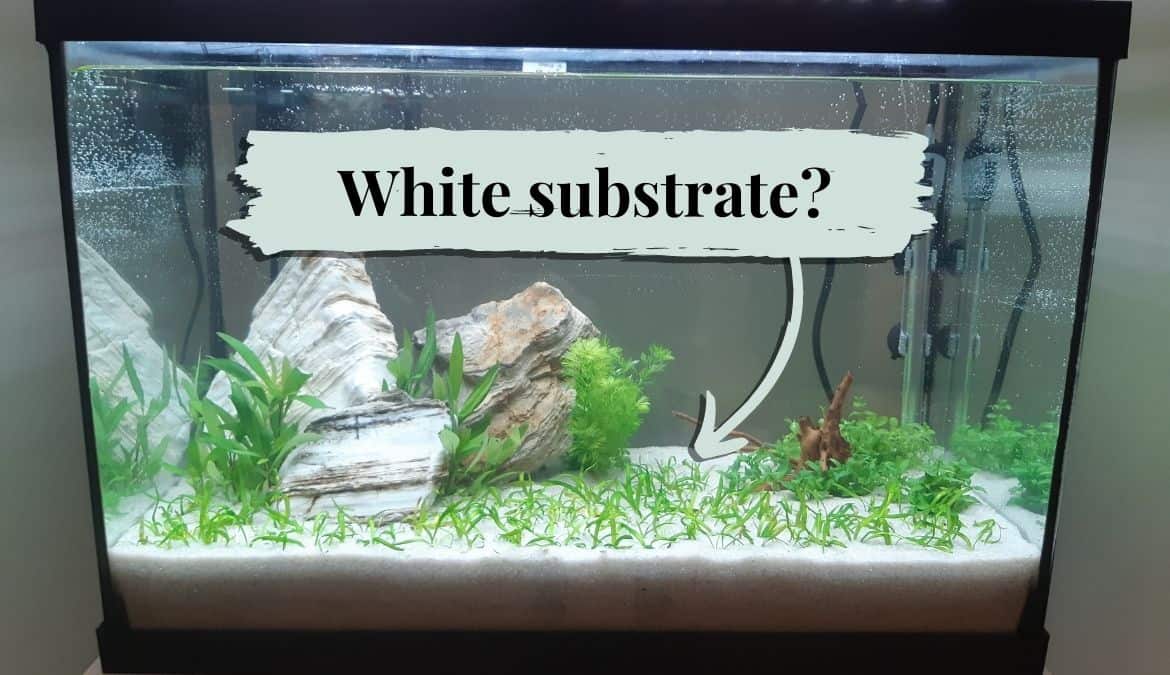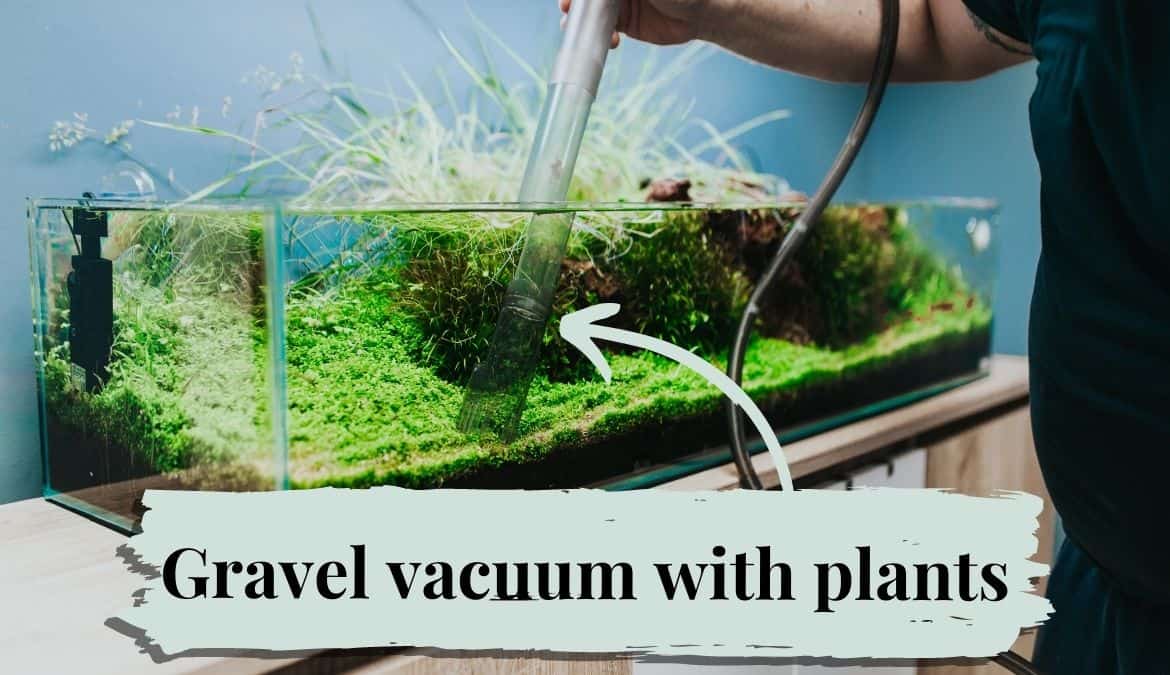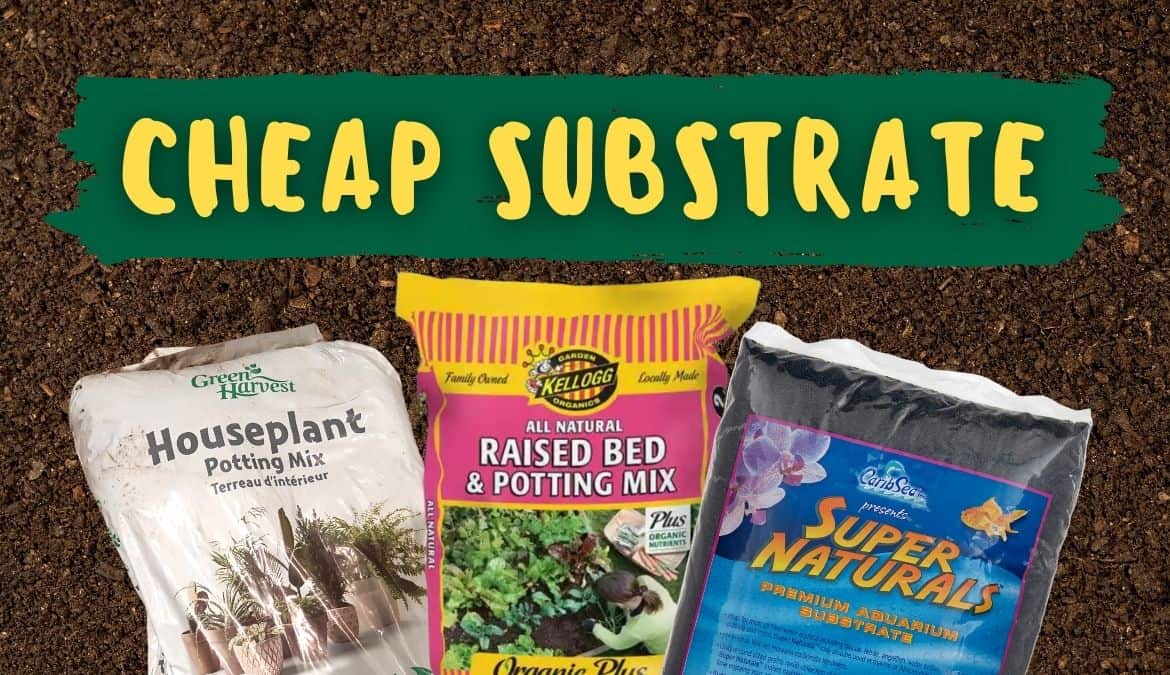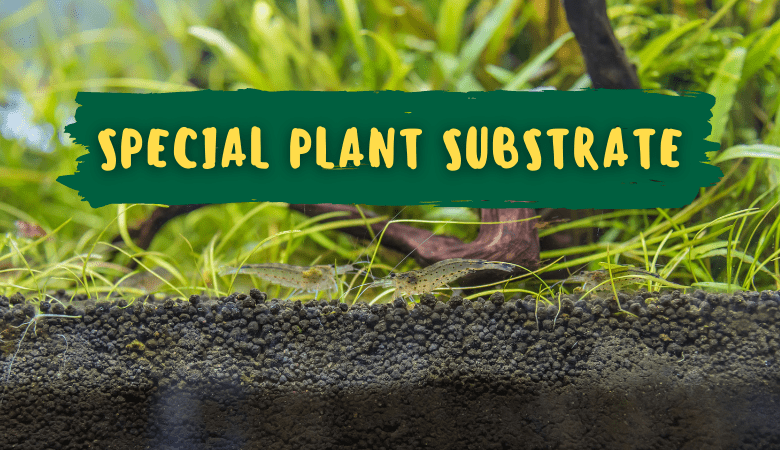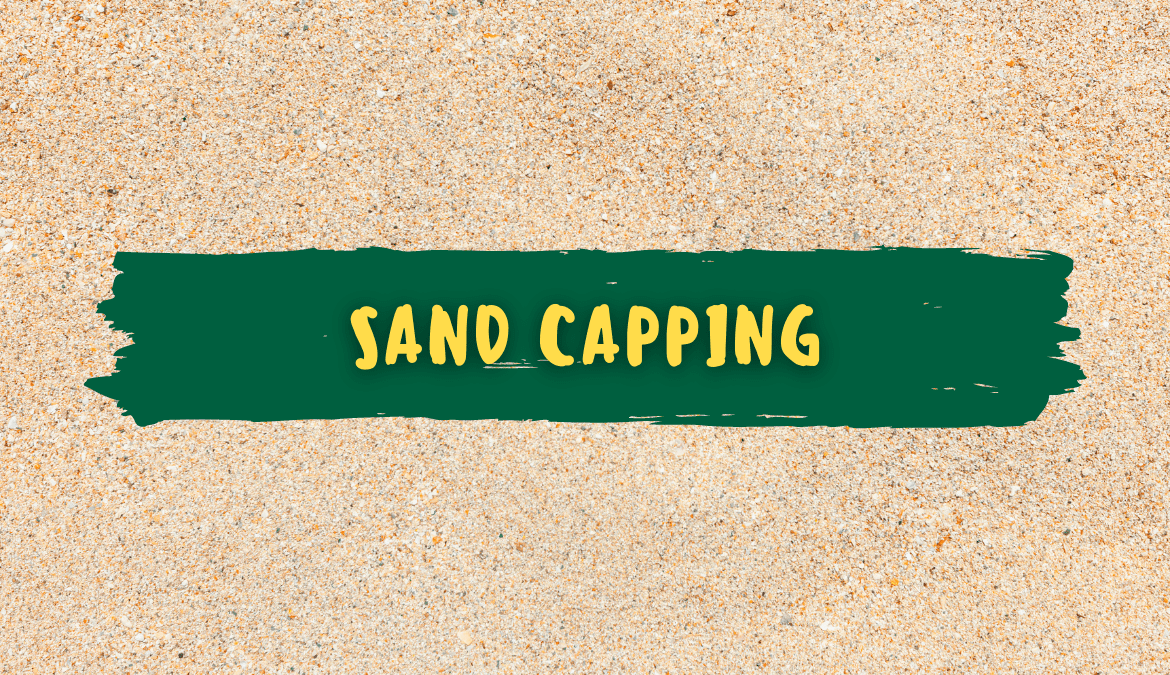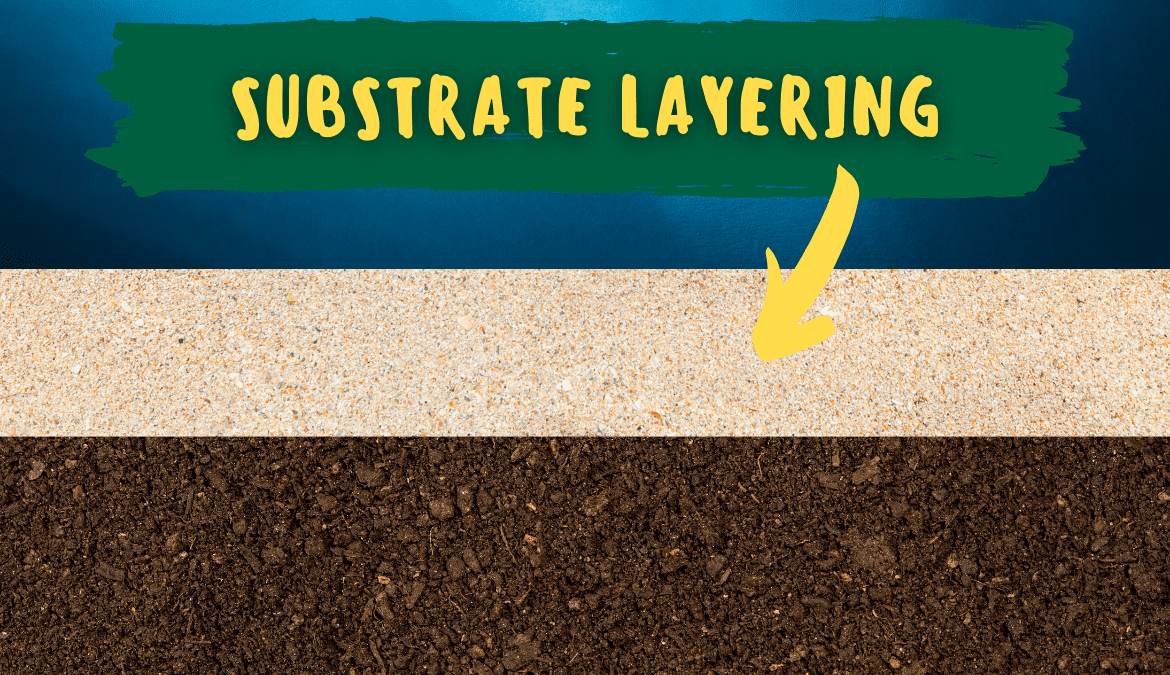A 2-inch deep aquarium substrate will provide more area for roots to grow, will last longer and will be easier to secure plants in. Aquatic plants may not grow sufficiently if the substrate is too thin. However, certain plant species require little or no substrate at all.
In this article we will learn why a 2-inch substrate is great and why a deep substrate method may be even better.
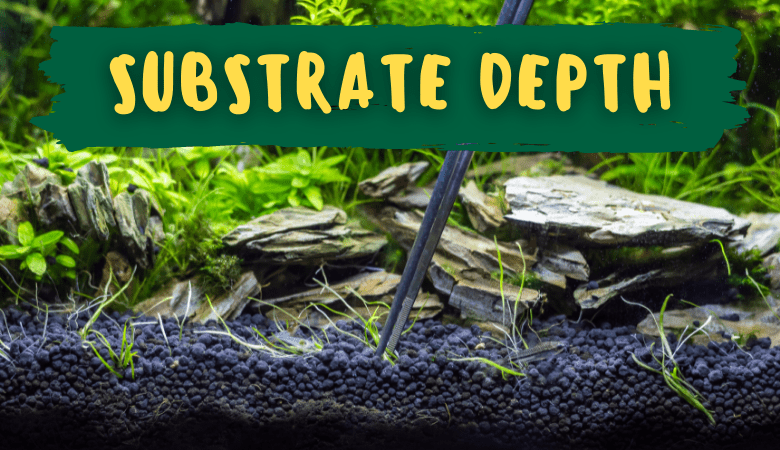
Why does substrate depth matter?
Substrate is a decorative component off every aquarium – whether your tank have real plants or not. But the substrate depth is mostly important for planted tanks. And there are three main reasons why:
A deeper substrate provides more area for root systems to grow
The most important reason is that it provides more room for root systems to grow. If a tank has a shallow substrate then plant roots can become bound, limiting their ability to grow and take in more nutrients.
A deeper active substrate will last longer
Active substrates, such as aqua soils or garden soil, contain nutrients that plants absorb and use to grow. These substrates will continue to provide these nutrients for a period of time until they become depleted.
Each have varying cation exchange capacities (CEC), which determines how many nutrients they can hold on to. A good substrate will have a high enough CEC and contain enough nutrients to last for a 8-12 months, depending on your plant load and how much substrate you use.
A deeper substrate will contain more nutrients and will last longer before depleting.
A deeper substrate is easier to plant in
Aquarium plants will usually float to the surface if they’re not planted deep enough into the substrate. A 1-inch substrate may not be deep enough to secure your plants.
Deep substrate will promote the growth of anaerobic bacteria
Anaerobic bacteria will colonize in an anoxic environment. These environments are characterized as having a concentration of 0.5ppm or less of dissolved oxygen.
Most fish need more than 6.0ppm of dissolved oxygen in water to survive, although some fish can live in concentrations as low as 4.0ppm.
Why is anaerobic bacteria bad?
The reason most aquarists avoid anaerobic bacteria is because it can produce hydrogen sulfide. This is a gas that can be harmful to fish.
How deep until you create anoxic pockets?
Anoxic pockets can exist in aquarium if the substate is deep enough. Many aquarists tend to agree that anoxic pockets will form at about 2-2.5 inches of substrate depth. This is increasingly likely if you use a fine substrate such as sand.
A deep substrate may not be required for certain plant species
The main purpose of a substrate is to provide nutrition and space for roots to grow. But some plants don’t require much or any substrate at all.
This means your aquarium may not require a specific substrate depth if you choose to use plants that do not require substrate, or much of it.
Epiphyte plants do not require deep substrate
Epiphyte plants grow on top of other plants or objects. The most popular epiphyte plant species in the aquarium hobby are anubias, bucephalandra and java fern.
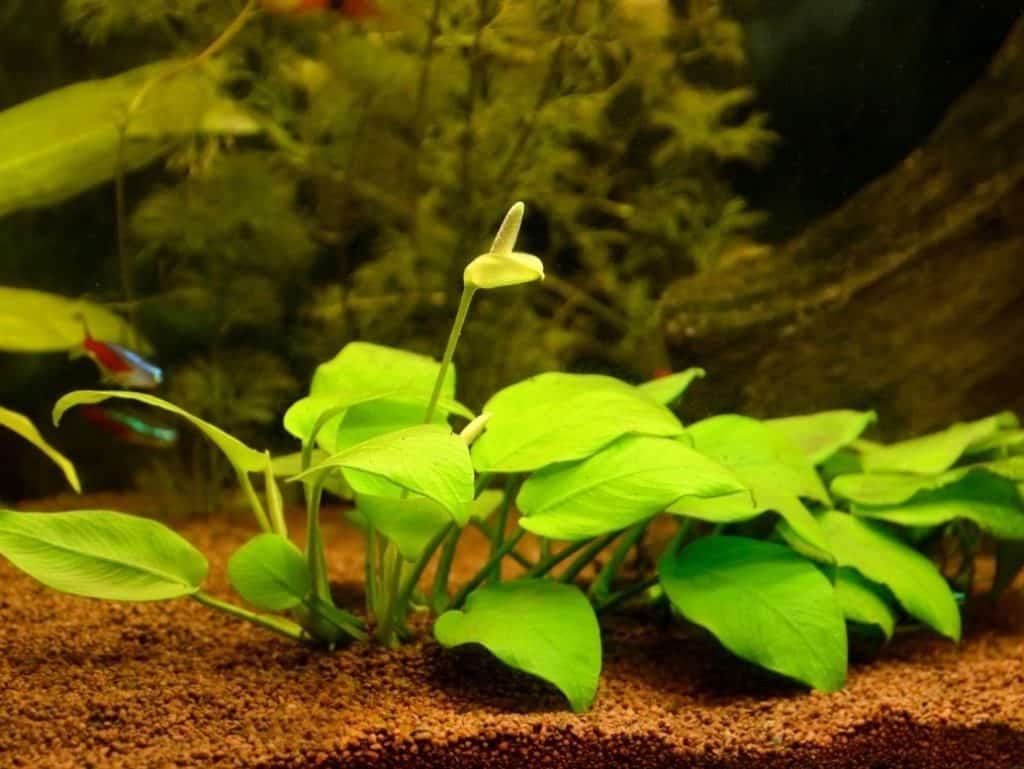
Conveniently, thesse plant species are very low-demanding. Meaning, they will grow well in low-tech tanks.
Epiphyte plants must be secured by tying them to objects or other plants, using aquarium-safe adhesive or using plant weights.
Floating plants do not use substrate
Obviously, floating plants do not require substrate either as they float the the surface. It’s unlikely that your tank would contain only floating plants. But it’s worth mentioning because some floaters will create long root systems of they own that could be used as a primary plant feature.
“Deep substrate” tanks should be at least 3 inches deep
The information above applies to most planted aquarium hobbyists. However, deep substrate tanks are becoming increasingly popular in the hobby.
These tanks typically have a substrate that starts with an organic garden soil base and is covered with a sand or gravel “cap” layer. The purpose is to try and create anoxic pockets so anaerobic bacteria will grow.
The reason is because anaerobic bacteria consumes nitrates – something that typically requires water changes to remove. In order to achieve this the substrate needs to be 3-inches or deeper.


